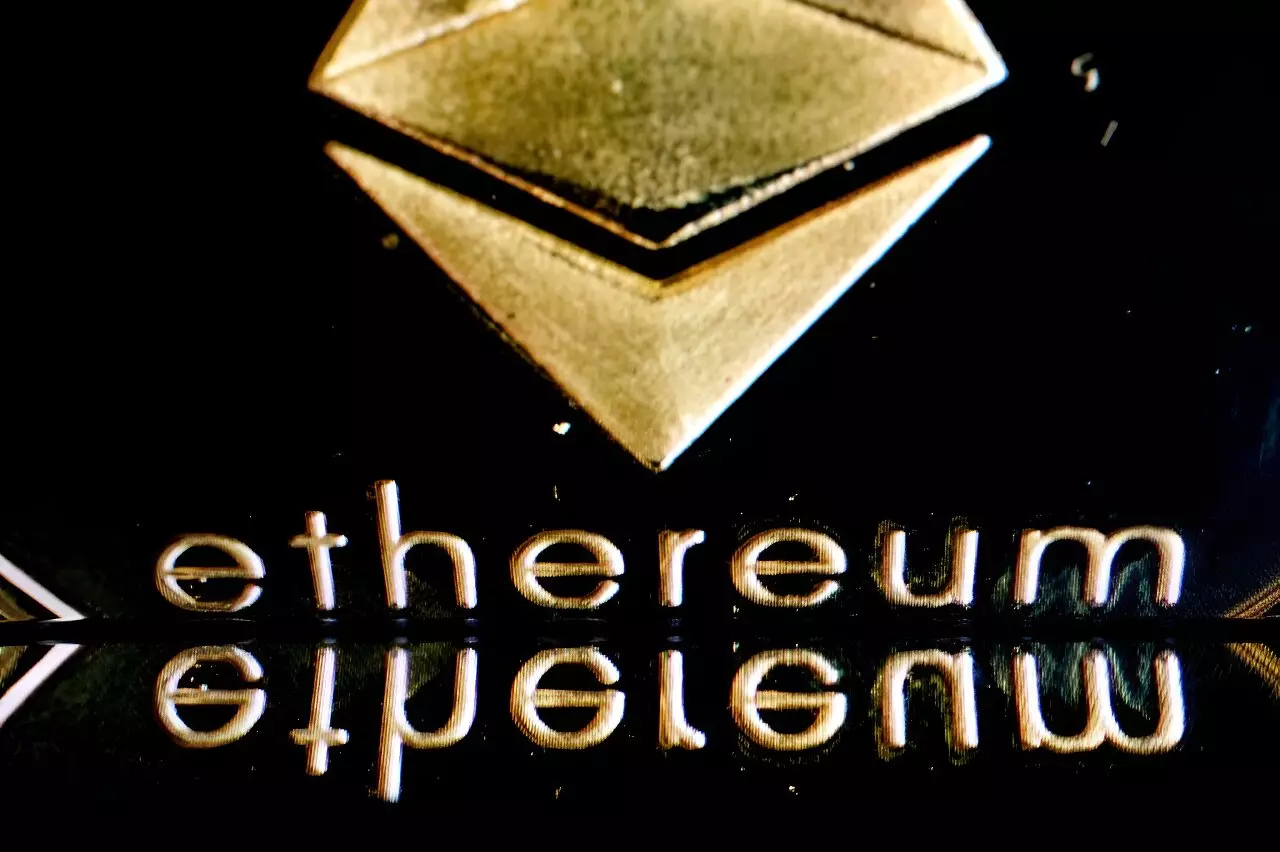In the world of cryptocurrency, Bitcoin has always been the star of the show, but in recent weeks, another major player has been quietly making waves. Ether, also known as Ethereum, has been on a meteoric rise since its launch in 2015, now holding the position of the second-largest digital currency in terms of total value, with an estimated worth of over $460 billion.
Recent regulatory approval in the United States of a new bitcoin investment product, the exchange traded fund (ETF), has not only benefitted Bitcoin but also other cryptocurrencies like Ether. These ETFs allow investors to capitalize on the price movements of cryptocurrencies without actually owning them, leading to an influx of new money into the market. This surge has propelled Ether to new heights, with a staggering 72 percent increase in value year to date, surpassing even Bitcoin’s 61 percent rise.
The surge in Ether’s value can be attributed to the anticipation of an Ethereum ETF approval in the United States. Several asset management companies have submitted applications to the Securities and Exchange Commission (SEC) to market Ether investment products. The potential approval of these ETFs has sparked a shift in investments from Bitcoin to Ethereum, as investors view Ether as a lucrative opportunity for future returns.
Apart from the ETF effect, Ethereum has several other factors contributing to its strong performance. The upcoming “Dencun” upgrade scheduled for March 13 is expected to bring significant improvements to the technology underlying Ethereum. This upgrade aims to enhance transaction processing capacity, reduce transaction costs, and foster the growth of an ecosystem with diverse applications. Unlike Bitcoin, which primarily serves as a store of value, Ethereum’s versatility allows it to be utilized in various use cases, such as being the preferred platform for non-fungible tokens (NFTs).
Ethereum’s operational model, known as “Proof of Stake,” offers additional benefits to holders compared to Bitcoin’s energy-intensive “Proof of Work” mechanism. By staking their existing Ether coins as collateral, investors can earn interest on their holdings in addition to potential capital gains. The transition to a less energy-intensive system in September 2022 has significantly increased the amount of Ether used as collateral, showcasing a growing interest in the cryptocurrency.
With the looming approval of Ethereum ETFs in the United States and the upcoming “Dencun” upgrade, Ethereum’s future in the cryptocurrency market looks promising. Its technological advancements, diverse use cases, and investor-friendly operational model make it an attractive option for both experienced and novice investors. As the cryptocurrency market continues to evolve, Ether’s continued rise reflects its growing importance and relevance in the digital economy.


Leave a Reply